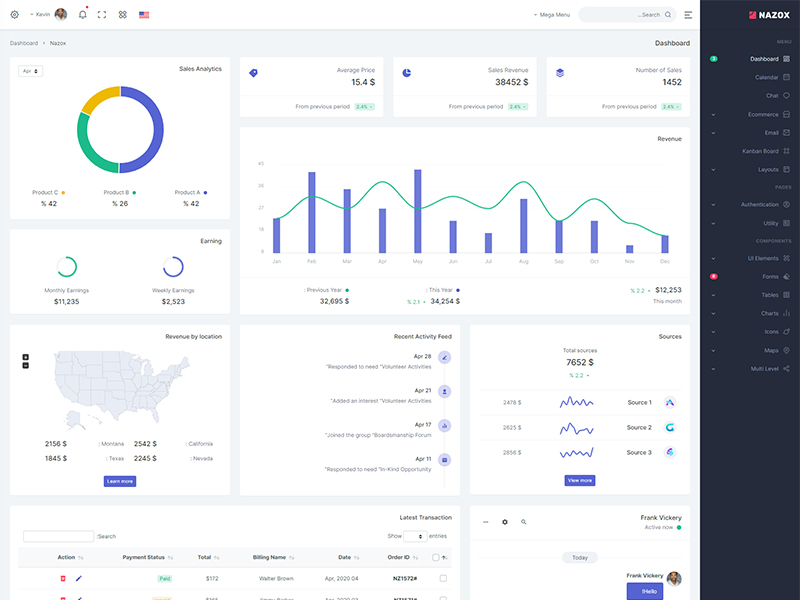What Is Proof of Work (PoW)?
Proof of Work (PoW) is a type of consensus algorithm used to secure and validate transactions on a blockchain. It is designed to deter malicious actors from attempting to add fraudulent blocks to the chain by requiring the "prover" (usually a miner) to perform a certain amount of computational work before being able to add a block to the chain. This work, or "proof," serves as a kind of "vote" that is difficult and resource-intensive to produce, but easy for others to verify.
In a PoW system, miners compete to solve a complex mathematical problem, known as a "hash puzzle," using specialized computers. The first miner to solve the puzzle gets to add the next block to the blockchain, and in return, receives a reward in the form of a cryptocurrency (e.g. Bitcoin).
One of the main benefits of PoW is that it ensures the security and integrity of the blockchain by making it expensive and resource-intensive for an attacker to alter or tamper with the transactions recorded on the blockchain. This is because an attacker would need to redo all the work that has been done since the last block they want to change, which becomes increasingly difficult as more blocks are added to the chain.
However, PoW systems can be energy-intensive, as they require a lot of computational power to solve the hash puzzles. This has led to the development of alternative consensus algorithms, such as Proof of Stake (PoS), which aim to provide similar security benefits while being less resource-intensive.
Both Proof of Work (PoW) and Proof of Stake (PoS) are consensus algorithms that are used to secure and validate transactions on a blockchain. Both have their own benefits and drawbacks, and which one is more secure and decentralized depends on the specific implementation and design of the system.
In general, PoW is considered to be a more secure and decentralized consensus algorithm compared to PoS, because it requires miners to perform a certain amount of work (i.e. solving a complex mathematical problem) in order to add a block to the chain. This work serves as a kind of "vote" that is difficult and resource-intensive to produce, but easy for others to verify. This makes it expensive and resource-intensive for an attacker to alter or tamper with the transactions recorded on the blockchain.




